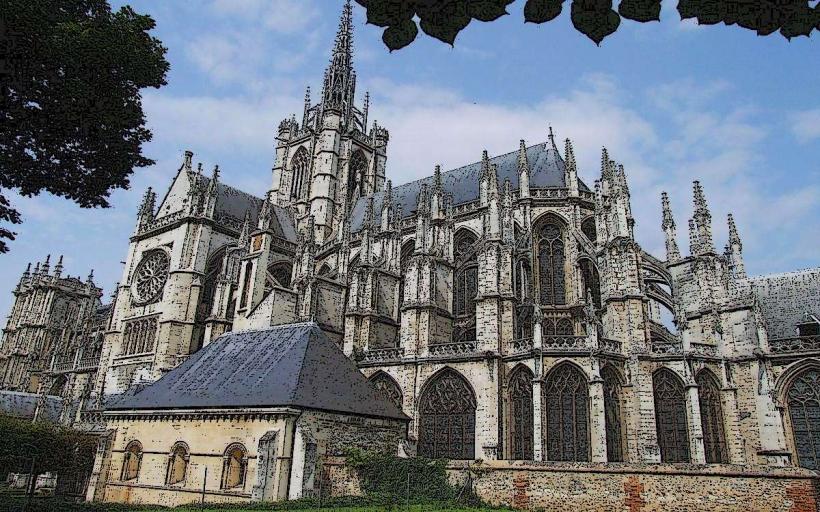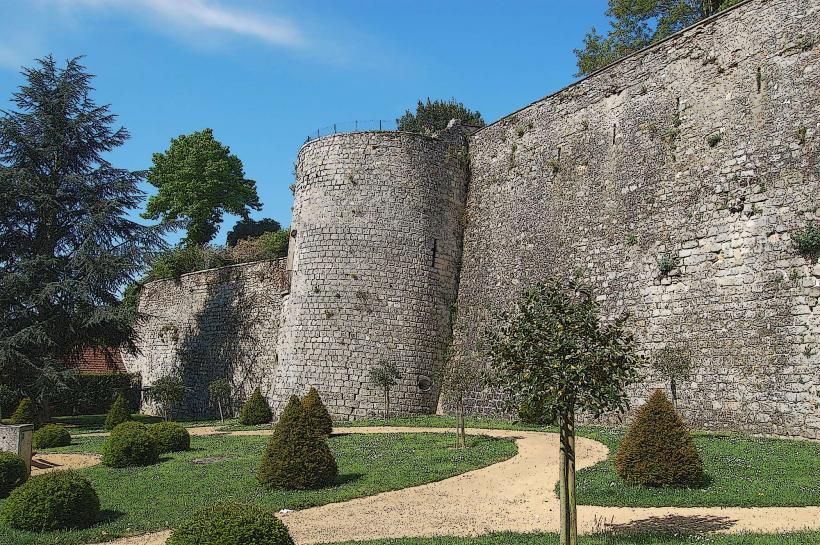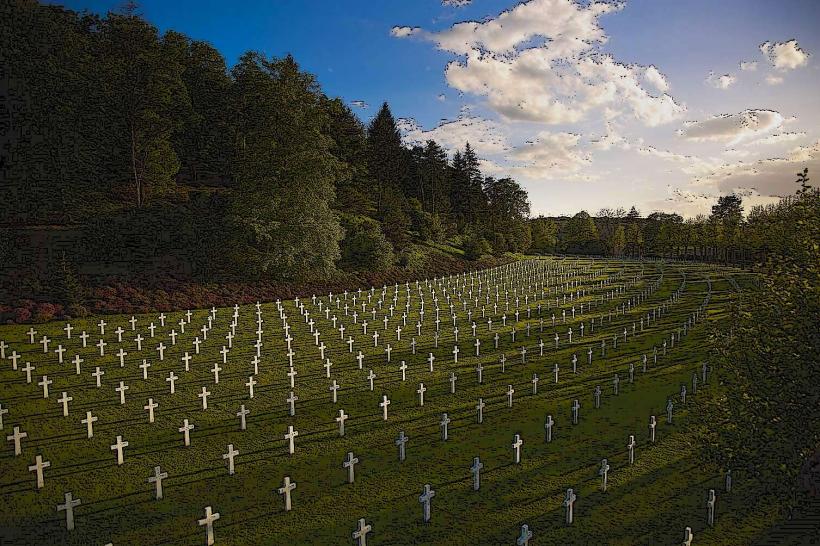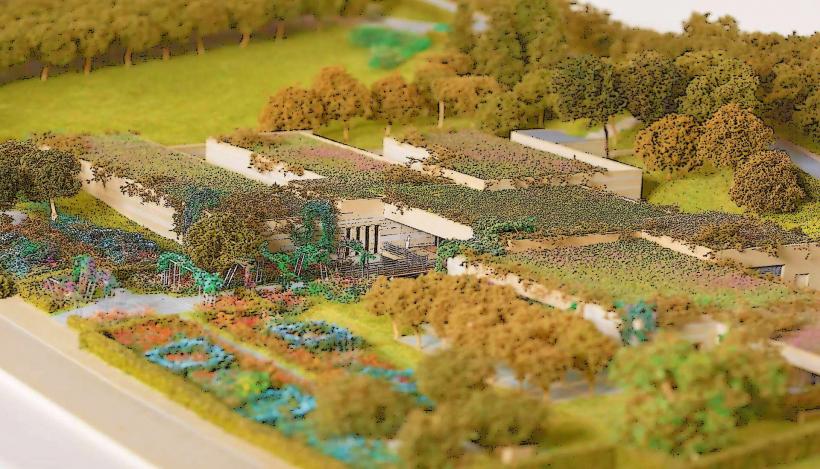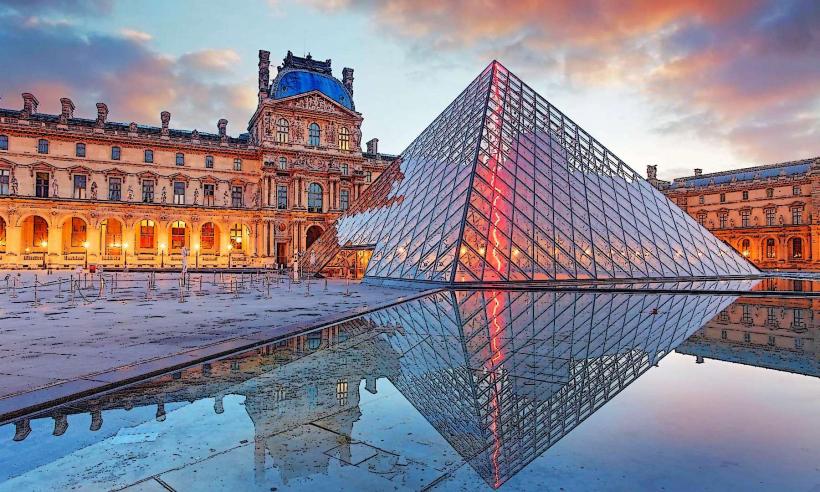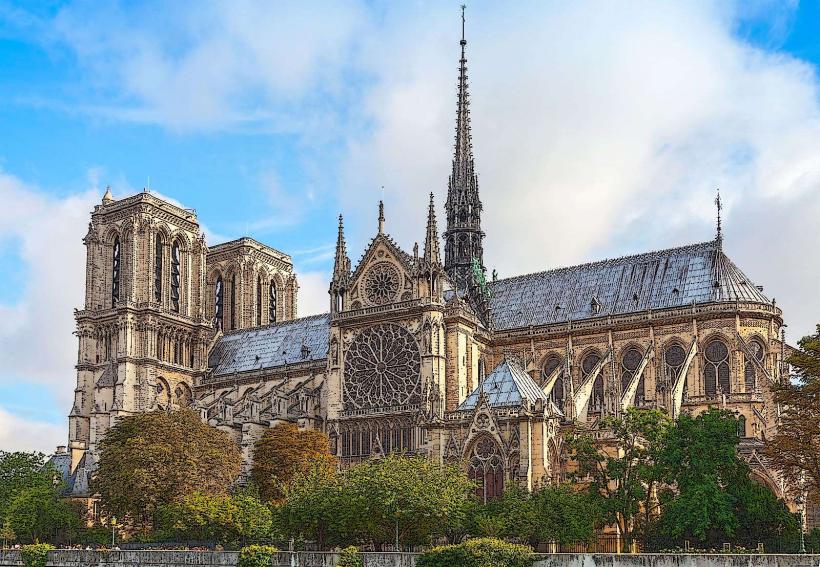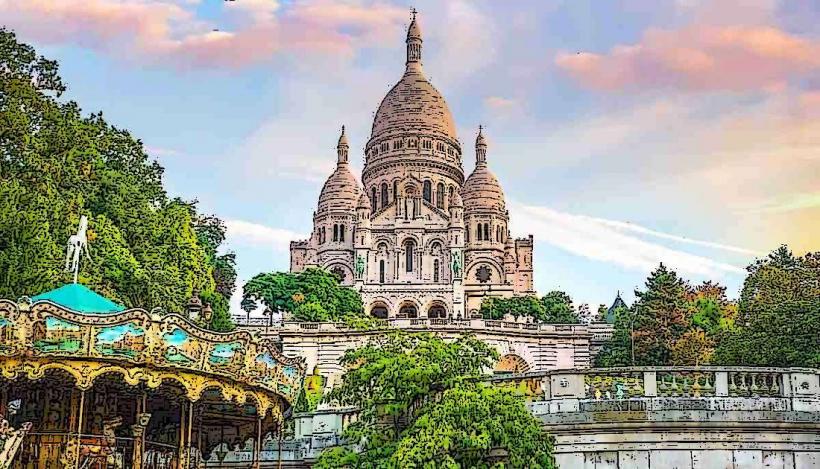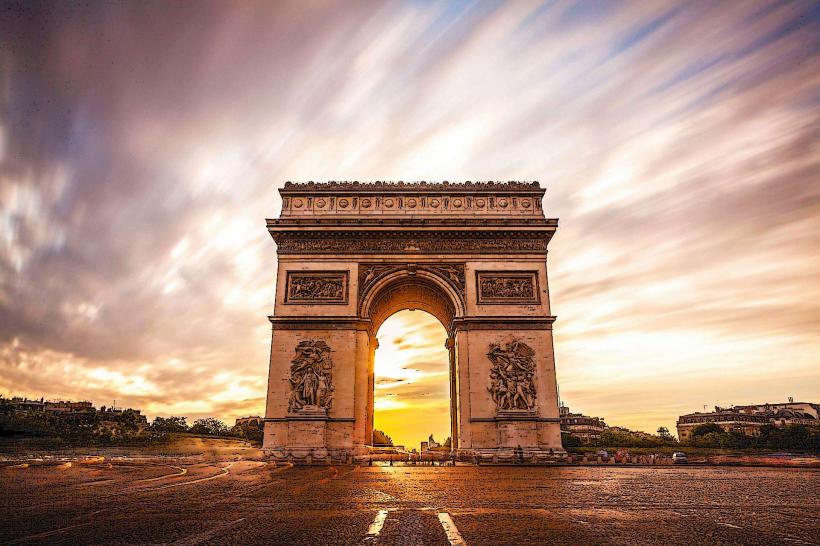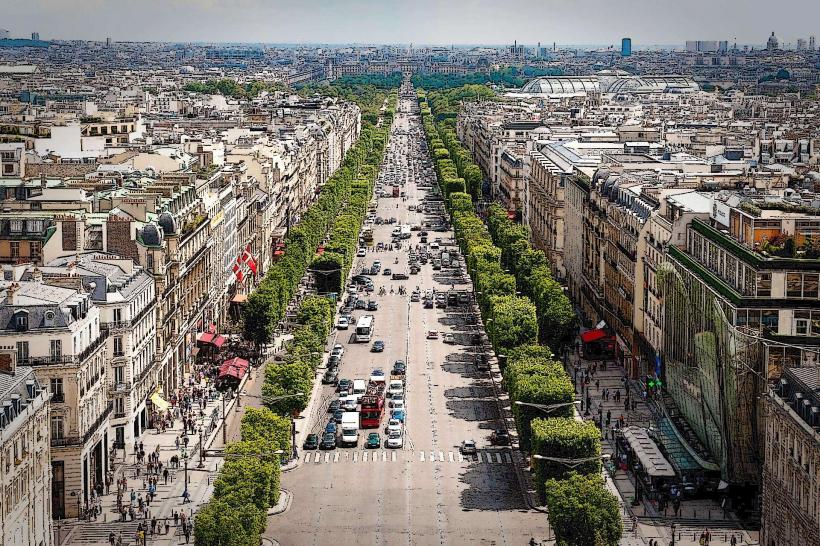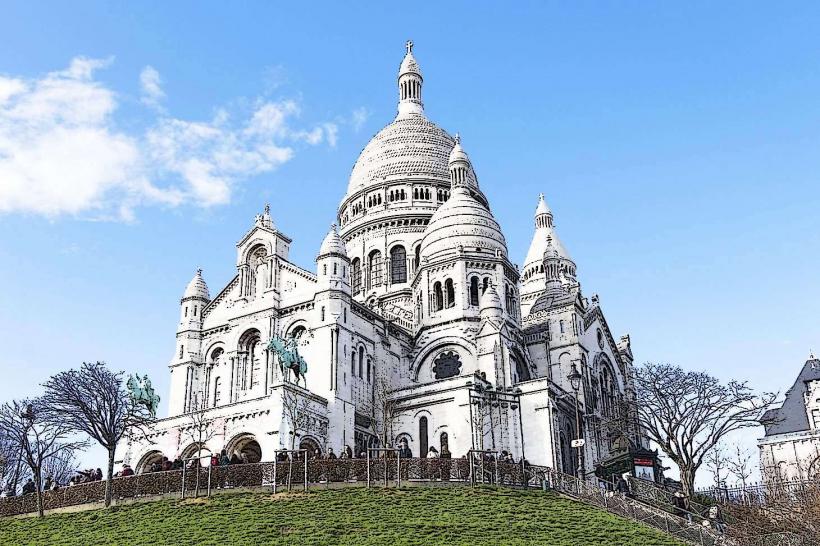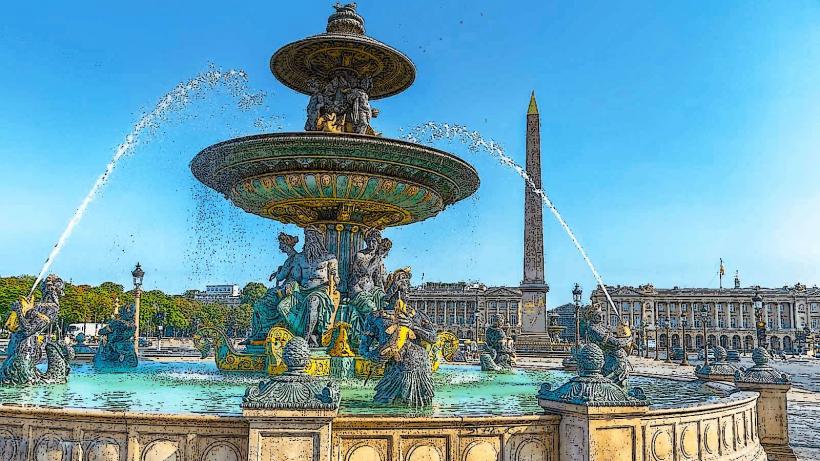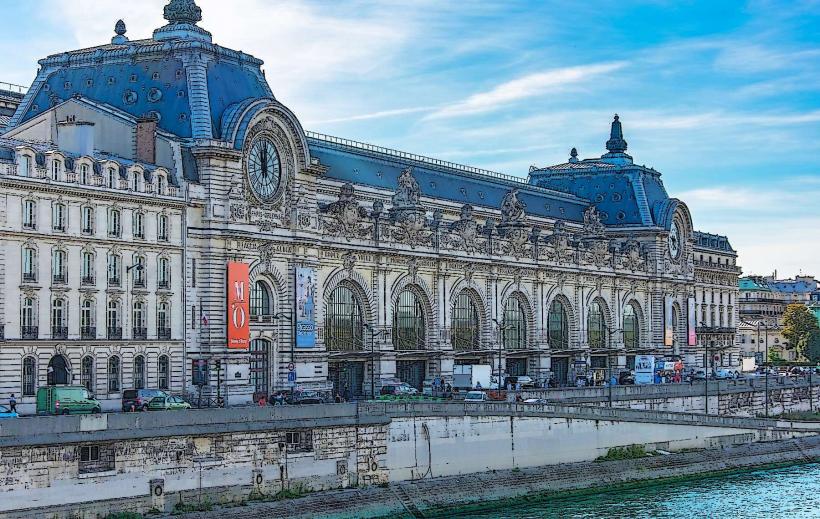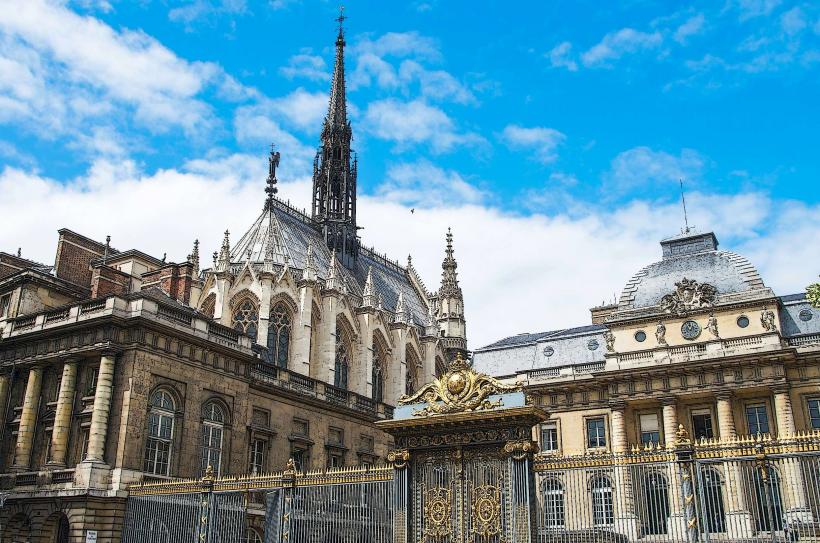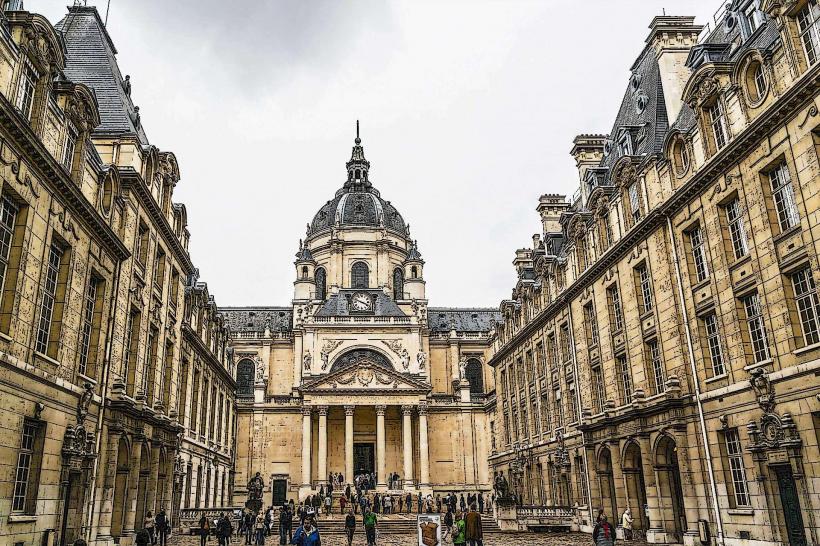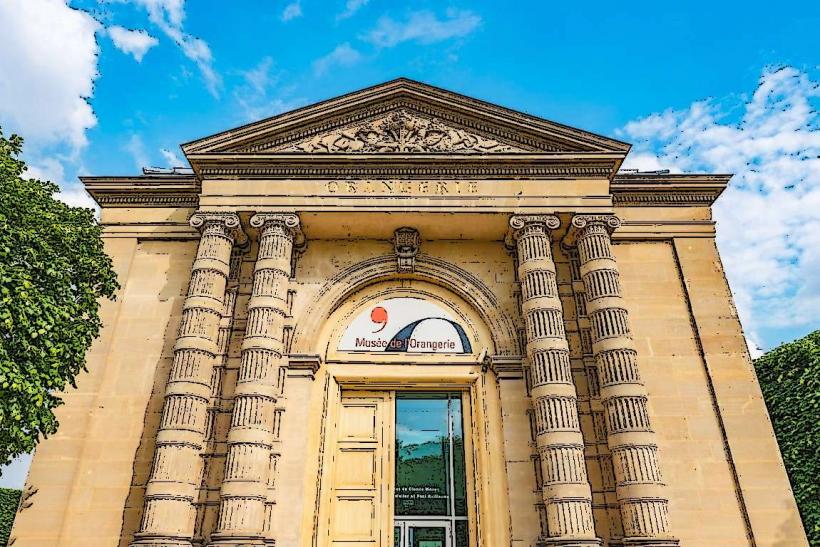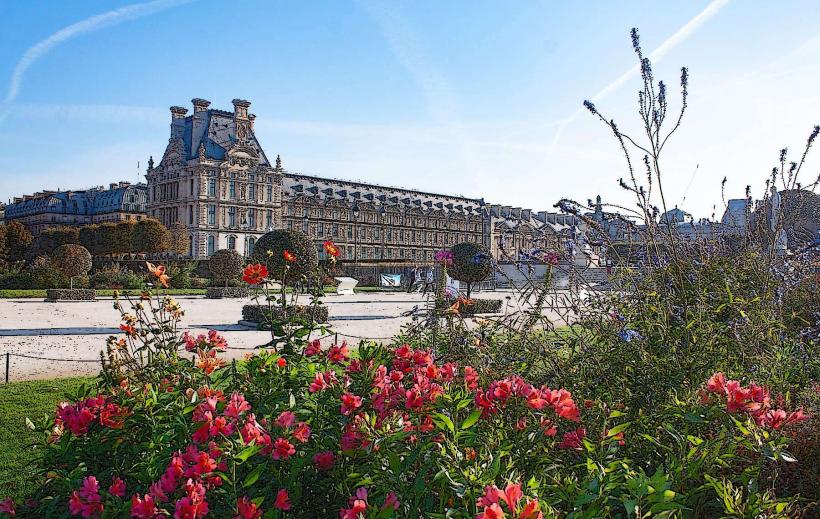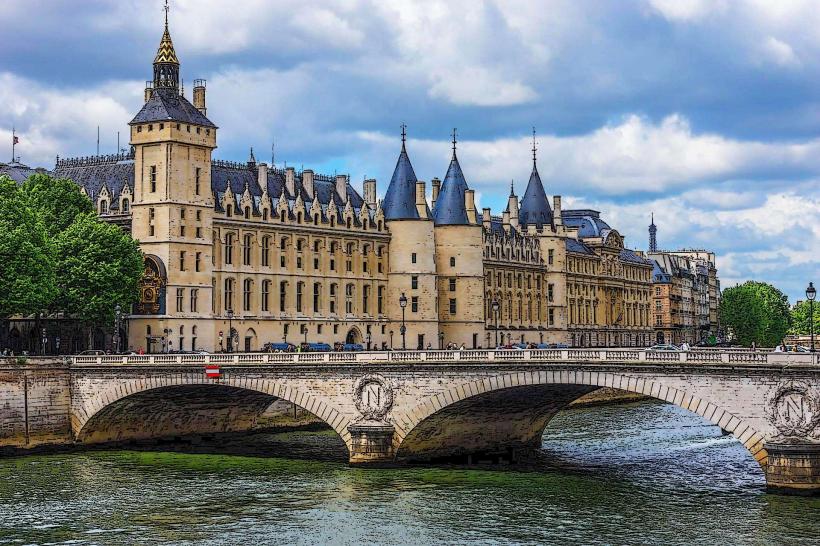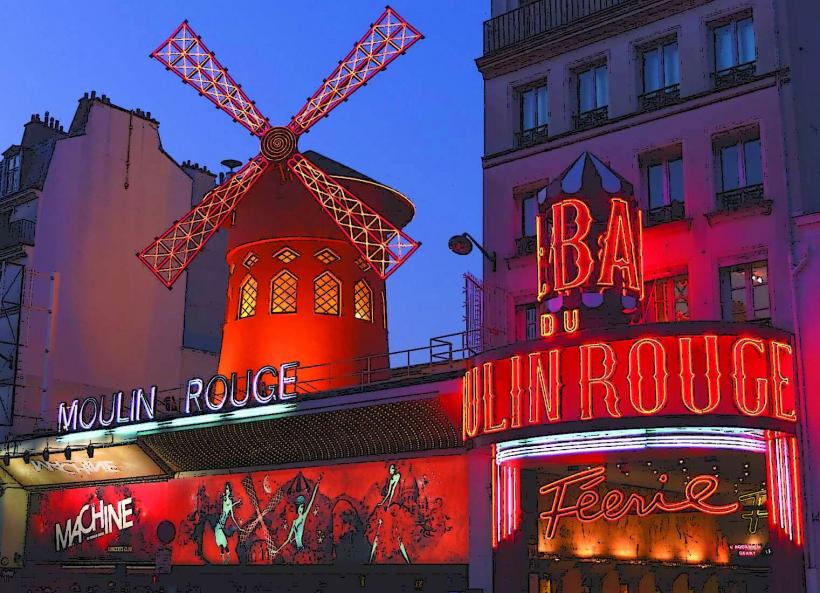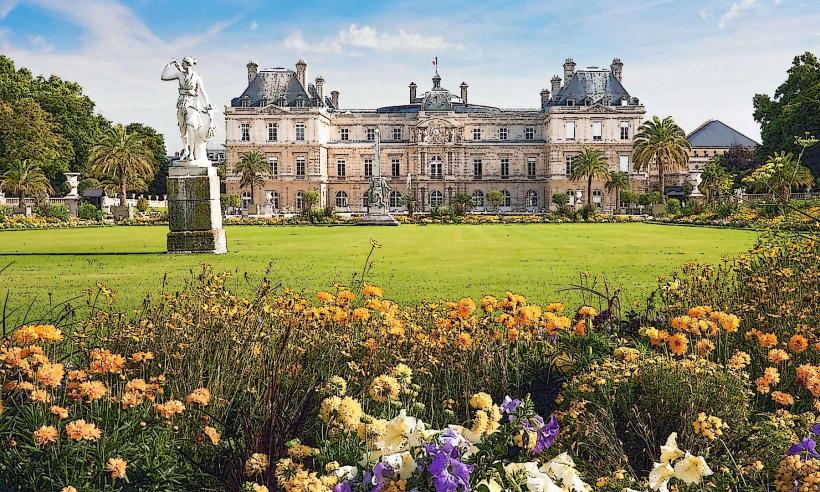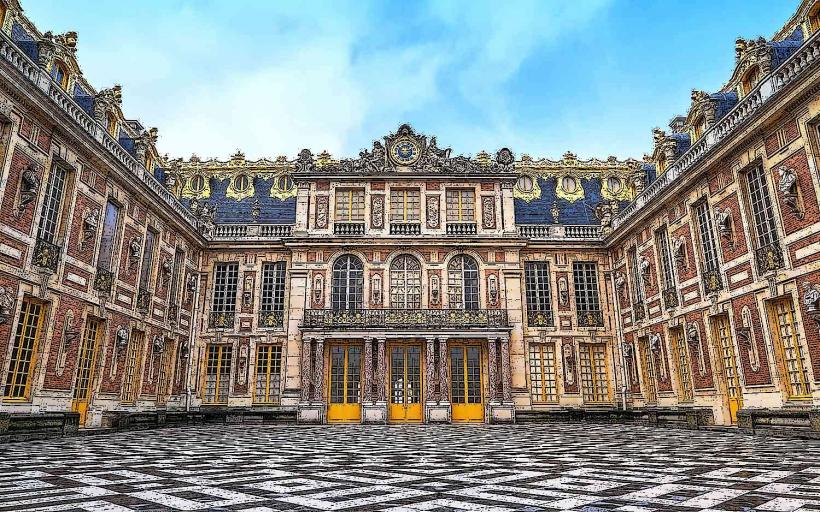Information
Landmark: Pont Alexandre IIICity: Paris
Country: France
Continent: Europe
The Pont Alexandre III is one of Paris’s most beautiful and emblematic bridges, renowned for its extravagant Art Nouveau design and its historical significance. Spanning the Seine River and connecting the Champs-Élysées area to the Les Invalides complex, the bridge is not only a functional piece of infrastructure but also a masterpiece of architectural art.
1. Historical Background
The Pont Alexandre III was built as part of Paris’s preparations for the Exposition Universelle (World’s Fair) of 1900, a major international exhibition intended to celebrate the achievements of the 19th century and welcome the dawn of the 20th. It was named after Tsar Alexander III of Russia as a symbol of the Franco-Russian Alliance, underscoring the friendship between France and Russia at the time.
The bridge was inaugurated in 1900 and immediately became a symbol of the grandeur and elegance associated with the Belle Époque, a period of great cultural flourishing in France.
2. Architectural Design and Style
Designed by engineers Jean Résal and Amédée d’Alby with architects Joseph Cassien-Bernard and Gaston Cousin, the bridge is celebrated for its elaborate Art Nouveau style, marked by elegance, symmetry, and ornamentation.
Single Arch Design: The bridge features a low-lying, single-span steel arch that stretches 160 meters (525 feet) across the Seine. This low profile was carefully designed to preserve the view of the Champs-Élysées and Les Invalides, integrating it seamlessly into the city’s landscape.
Ornamental Elements: The bridge is adorned with numerous ornamental details, including gilded bronze sculptures of nymphs, cherubs, and sea creatures. Each end of the bridge is crowned with 17-meter-high pillars topped with gilded statues representing winged horses, symbolizing arts, sciences, commerce, and industry.
Gilded Statues and Lamps: The bridge’s lamp posts are intricately decorated and designed to echo the Art Nouveau aesthetic. The lights cast a soft, golden glow over the bridge at night, enhancing its romantic and dramatic appeal.
3. Symbolic Sculptures and Decorations
Pont Alexandre III is filled with symbolism that reflects both the Franco-Russian alliance and France’s historical grandeur.
Winged Horse Statues: At each corner of the bridge are four monumental pillars topped by winged horses, symbolizing the triumph of the arts and sciences. These statues are gilded, adding to the bridge’s luxurious feel and making it particularly eye-catching.
Nymph Reliefs: The bridge features two main reliefs: the Nymphs of the Seine on the left bank and the Nymphs of the Neva on the right bank. Each nymph group carries an emblem of its respective river (the Seine for France and the Neva for Russia), representing the friendship between the two nations.
Bronze Statues: Throughout the bridge, intricate statues of cherubs and mythical creatures add a sense of whimsy and celebration. The sculptures are arranged to create harmony between structure and decoration, making the bridge appear almost like a piece of theater set along the Seine.
4. Significance of the Bridge
The Pont Alexandre III is more than just a bridge—it’s a cultural landmark and a symbol of Franco-Russian friendship. At the time of its construction, France and Russia were allies, and the bridge’s dedication to Tsar Alexander III was a gesture of goodwill and solidarity. Today, it stands as a reminder of this unique relationship and Paris’s openness to other cultures.
5. Engineering Innovation
The bridge was a major engineering feat for its time due to its long span and low profile, which required careful planning to ensure stability without obstructing the view of nearby monuments. Constructed from steel, it was also one of the first Parisian bridges to use modern materials and techniques, balancing aesthetic elegance with structural innovation.
6. The Bridge Today
The Pont Alexandre III remains one of Paris’s most photographed landmarks, drawing locals and tourists alike with its beauty and panoramic views.
Scenic Views: The bridge offers stunning views of the Eiffel Tower, Les Invalides, and the Grand Palais. It’s a popular spot for photography, especially at sunrise and sunset when the light adds a dramatic touch to the gold and bronze ornaments.
Nighttime Illumination: At night, the bridge is illuminated, making it even more enchanting. The lighting accentuates the gilded sculptures and reliefs, casting a warm, golden glow across the river and creating a captivating ambiance.
Cultural Icon: The Pont Alexandre III has appeared in numerous films, fashion shoots, and art pieces. Its timeless elegance and historical resonance make it an essential part of Paris’s artistic and cultural scene.
Practical Information for Visitors
- Location: The bridge connects the 7th and 8th arrondissements, linking the Champs-Élysées area with Les Invalides.
- Accessibility: Accessible by metro stations, including Invalides and Champs-Élysées – Clemenceau.
- Nearby Landmarks: Grand Palais, Petit Palais, Les Invalides, and the Seine River banks, making it an ideal stop for a day of sightseeing in central Paris.
Legacy
The Pont Alexandre III is celebrated as one of the world’s most beautiful bridges, representing the architectural elegance and cultural history that Paris is famous for. As a monument to both artistic achievement and international friendship, it continues to enchant visitors from around the globe, embodying the romantic charm of Paris and the grandeur of the Belle Époque.

